Results
-
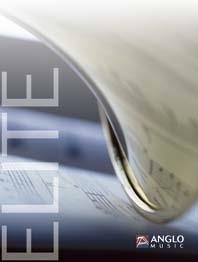 £110.99
£110.99Hail the Dragon! (Concert Band - Score and Parts) - Sparke, Philip
Its title, Hail the Dragon!, references a work Philip Sparke wrote in 1984, The Year of the Dragon. The piece opens with a lively and energetic fanfare. The mood becomes more subdued in the centre section as a new theme is introduced that builds to an emotional climax. This leads into a recap of the opening fanfare which acts as a type of descant to short quotations from the last movement of The Year of the Dragon before reaching a thunderous finale.Duration: 4.45
Estimated dispatch 7-14 working days
-
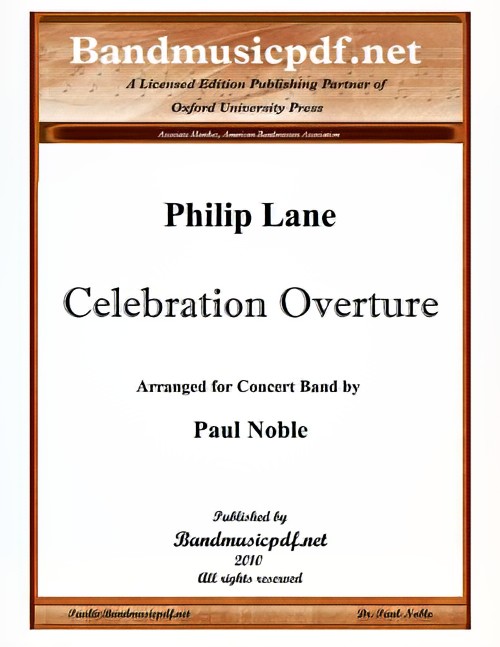 £75.00
£75.00Celebration Overture (Concert Band - Score and Parts) - Lane, Philip - Noble, Paul
Celebration Overture was composed in the summer of 1976 and was given first prize judged by William Alwyn whose film scores Philip Lane has worked on for commercial recordings in the last 10 years. It is truly a celebratory piece with a dramatic pyramid opening, followed by the melodic introduction in solo clarinet, then solo trumpet, before accelerating to a rousing burst of celebration. A rich slower middle section leads into the return of celebration. This piece is included on several lists of recommended festival and contest literature. (Note: The harp part is non-essential, and may be omitted or played on electronic keyboard or piano.)
Estimated dispatch 7-14 working days
-
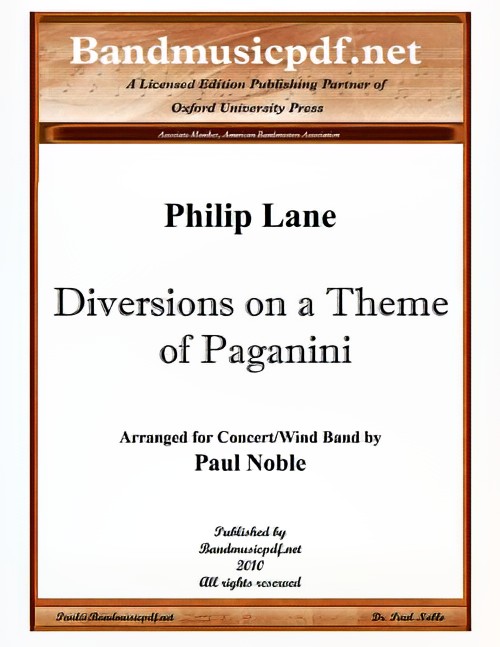 £150.00
£150.00Diversions on a Theme of Paganini (Concert Band - Score and Parts) - Lane, Philip - Noble, Paul
This work is made up of eight short movements and was originally scored for brass quintet, being commissioned for performance by the London Gabrieli Ensemble. The full orchestra version was made in 2000 for a commercial recording by the Royal Ballet Sinfonia conducted by Gavin Sutherland, and the band arrangement was completed in 2009. The title is important in that the pieces are more musings than variations on the famous theme. The introduction stands somewhat apart, rather in the way the opening of Dohnanyi's Variations on a Nursery Tune does, and the subsequent diversions play with the theme, or parts of it, in movements lyrical, bombastic, or plain frivolous. The individual titles of the movements are self-explanatory, except to add that the last one always reminds the composer, for some reason, of final credits going up at the end of a film or television programme. Titles of the eight movements: 1. Introduction and Theme; 2. In Pieces; 3. Toccata; 4. Chaconne; 5. Cortege; 6. Popular Song; 7. Five-A-Side; 8. Epilogue. This piece will be a great workout for your band, with lots of opportunities for soloists, some rhythmic challenges, and great emotional stretches.
Estimated dispatch 7-14 working days
-
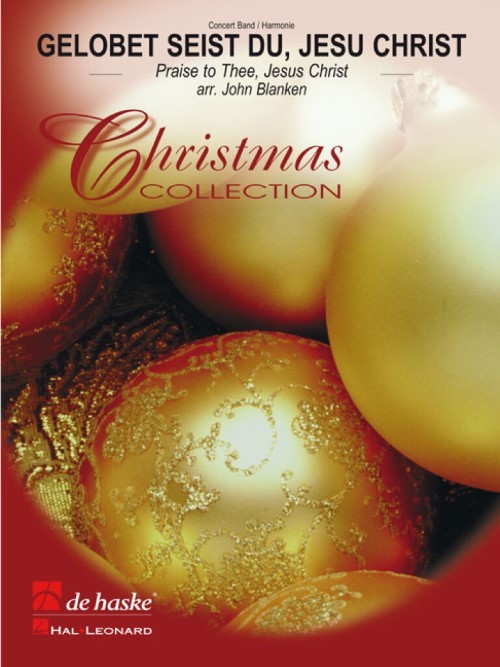 £89.99
£89.99Gelobet seist du, Jesu Christ (Concert Band - Score and Parts) - Blanken, John
Gelobet seist du Jesu Christ (We Praise You Jesus Christ) is an old Christmas hymn dating from the 16th century, which can still be found in many hymnbooks today. John Blanken has created a varied and imaginative arrangement on four verses of the hymn. After the introduction, derived from the opening notes, the hymn is first accompanied by an agile harmonisation. Next, we hear the chorale in a four-part setting with a percussion accompaniment. Then follows a short prologue to the third verse and finally its time for fireworks as the arrangement takes a stylistic leap in time with the festive prelude to the fourth and last verse.Duration: 4:00
Estimated dispatch 7-14 working days
-
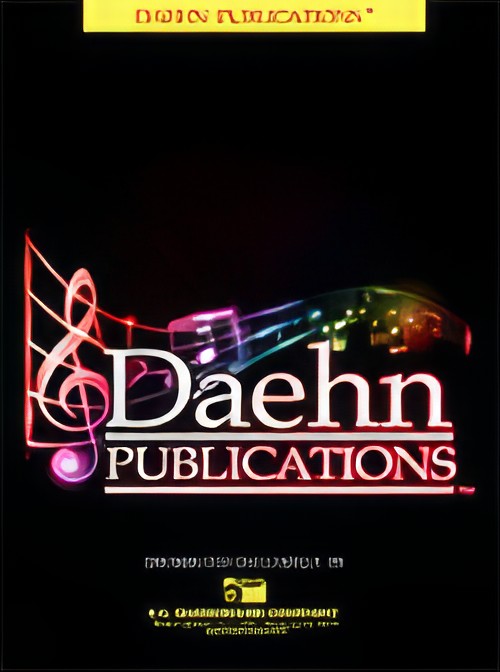 £76.00
£76.00Concerto for Prince Johann (Concert Band - Score and Parts) - Bach, Johann Sebastian - Daehn, Larry
This piece is full of youthful exuberance! Based on the last movement of a concerto written about 1713. This is a big exciting organ work for band. Two groups playng sixteenth notes; groups playing eighth notes, adding excitement; and the quarter-note octave melodies, speaking the powerful bass-pipes voice. A wonderful experience for performers and audiences alike! Duration: 2.15
Estimated dispatch 7-14 working days
-
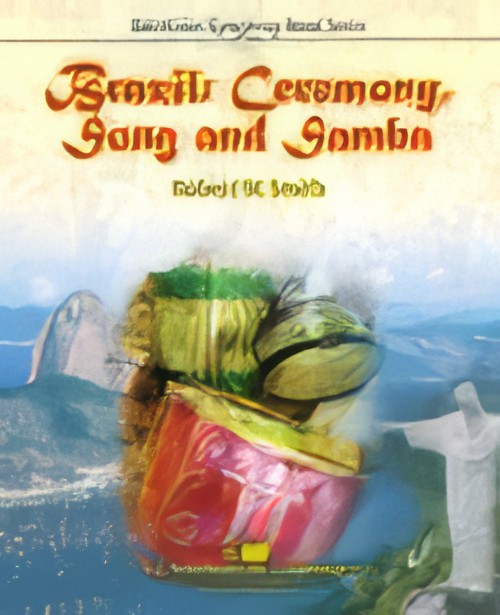 £98.00
£98.00Brazil: Ceremony, Song and Samba (Concert Band - Score and Parts) - Smith, Robert W.
At long last, Robert W. Smith continues his musical journey that began in western Africa years ago and now takes us to Brazil. Based upon authentic Afro-Brazilian percussion grooves, "Brazil: Ceremony, Song and Samba" is comprised of three musical sections illustrating the impact of the African experience on music of this part of the world. Beginning in northern Brazil with the Ceremony, the piece transitions to Rio di Janiero and the smooth sounds of the bossa nova that has become so popular throughout the world. The piece concludes with the exciting sounds of Carnaval and the Samba Schools that fill the streets during the annual celebration. Exciting, musically rewarding and extremely effective in any concert setting!Duration: 6.30
Estimated dispatch 7-14 working days
-
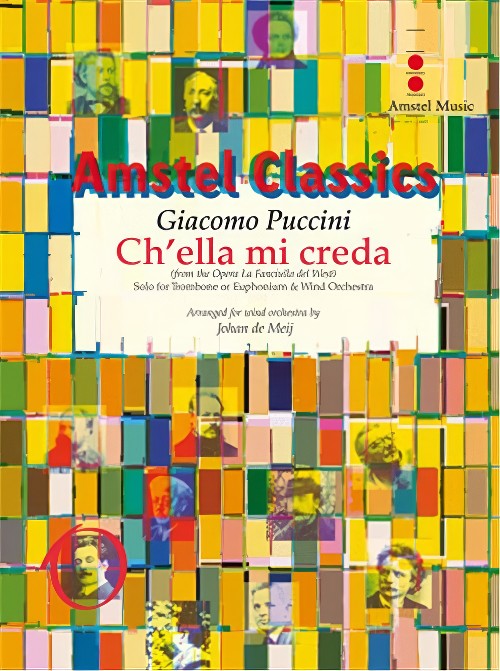 £73.00
£73.00Ch'ella mi Creda (Trombone or Euphonium Solo with Concert Band - Score and Parts) - Puccini, Giacomo - De Meij, Johan
Ch'ella mi creda libero e lontano is the last aria that tenor-role Dick Johnson (the bandit Ramerrez) sings before his death sentence is carried out. Puccini's opera La Fanciulla del West is set in America's Wild West. The impressionistic-inspired opera separates this opera from most of Puccini's other works. Johan de Meij's arrangement uses the solo trombone in the role of the bandit Ramerrez. Duration: 2.30
Estimated dispatch 7-14 working days
-
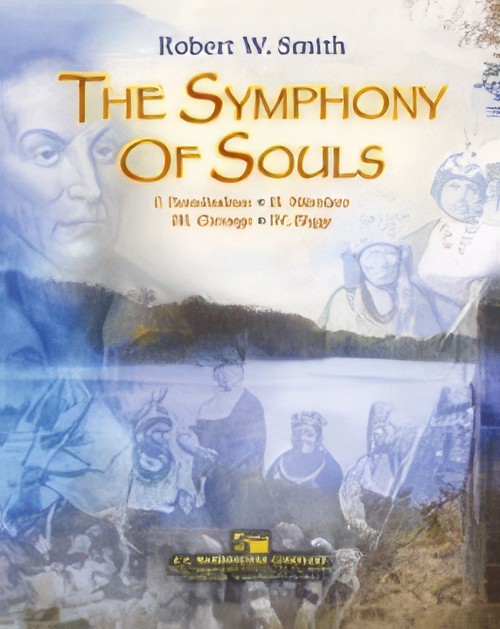 £82.00
£82.00The Symphony of Souls (Concert Band - Score and Parts) - Smith, Robert W.
This stunning composition by Robert W. Smith is actually a full symphony in smaller proportions. The piece was composed to commemorate the Battle of Bad Axe, the historic last Indian-American battle fought east of the Mississippi River. Written in four descriptive movements entitled Foreshadows, Warriors, Carnage, and Elegy, the piece evokes powerful sounds and imagery through contemporary scoring techniques while being technically accessible to most concert bands. Unique percussion effects combined with creative scoring provide an experience that your band and audience will not soon forget.Duration: 7.00
Estimated dispatch 7-14 working days
-
 £244.99
£244.99Voyage au Centre de la Terre (Journey to the Centre of the Earth) (Concert Band - Score and Parts) - Janssen, Harrie
This composition was based on the world-famous novel by the French author Jules Verne. This novel describes the attempt to reach the centre of the earth. The descent of the crater of the volcano called Snaeffels, situated in Iceland, marks the beginning of this voyage to the sublunary world. The German geologist, professor Lidenbrock, is accompanied on this trip by his nephew Axel and an Icelandic guide named Hans. The last mentioned will be helpful in many occasions.Dark colours & mist: The composer tried in this single work to give a musical expression to various significant moments from this novel. In the introduction he sketches an image of the dismal ambience on the island by using dark colors. Rising fragments of mist reveal the flanks of the monumental mountain Scataris. The composer tries to catch this image in a majestic and broad chorale.Away from Iceland: Subsequently the ostinato rhythmicity and virtuosity represent the hectic descent of the crater of the volcano. The party descends ever more and more and travels south, away from Iceland. On the way, they see all kinds of rock formations, fossils and minerals. At a depth of thirty hours walking distance, at about 150 kilometres below the surface, they reach a sub terrestrial sea which is called the Lidenbrock sea.Genuine eruption of sounds: Strange electric manifestations and unpredictable weather conditions accompany this singular phenomenon. An orchestral tutti-episode expresses this impression musically. On a make-shift raft, the party continues its voyage, heading to the south coast of this huge sea. Once ashore, an enormous rock obstructs the passage. The blowing up of this obstacle unleashes a genuine eruption of sounds in the orchestration.Spat out by the volcano: But the explosion has an unforeseen side effect. The sea - travellers and raft included - is sucked upwards into a dark hole. Again, our heroes are accompanied on their involuntary voyage, while left to fend for themselves, by an ever increasing ostinato rhythmicity. Before an eruption can destroy the raft, the threesome manages to escape and climb up through a cave towards the daylight. They seem to be spat out by the Stromboli volcano on the island of Sicily, far from home. The composition ends with triumphant sounds that represent the scientific triumph of these adventurers.Duration: 22.00
Estimated dispatch 7-14 working days
-
 £104.99
£104.99Little Rhapsody (Trumpet Solo with Concert Band - Score and Parts) - Waignein, Andre
Little Rhapsody is a contrasting triptych for solo trumpet and concert band. The warm and gentle introduction develops a lively theme and the accompaniment is kept light to best underline the soloist's flexibility and technique. The second movement is more romantic and reveals a serene and flowing melody. The third and last movement elaborates upon several joyful rhythmic patterns which give the composition a touch of freshness and elegance. Let your trumpet soloist shine with this first-class item.Duration: 7:45
Estimated dispatch 7-14 working days
